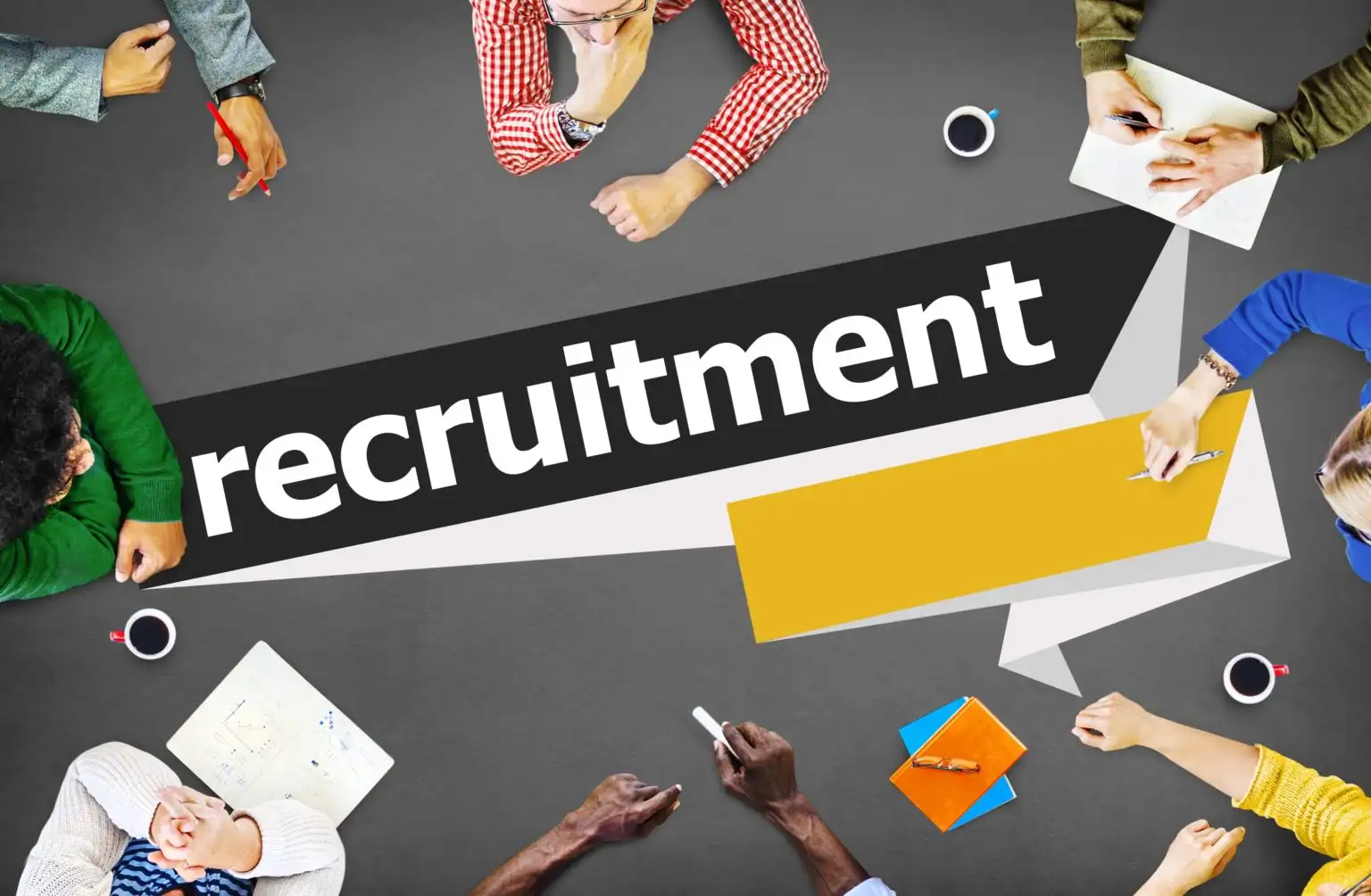Imagine walking into a workplace where everyone feels valued. Where people, regardless of their background, gender, race or ability, know they belong. That’s the dream, right? But how do we make this dream a reality? One word: Allyship.
Allyship isn’t just a trendy buzzword. It’s a powerful tool that cultivates diversity and inclusion in the workplace. Discover how allyship promotes equality, diversity and inclusion (EDI), why it’s crucial and how to overcome the challenges that come with it.
The Importance of Diversity and Inclusion
Let’s be honest. Diversity and inclusion (D&I) aren’t just nice-to-haves. They’re must-haves. The world is made up of all kinds of people with different stories, backgrounds and experiences. When workplaces embrace this diversity, they tap into a rich pool of ideas and perspectives. This not only makes the workplace more innovative but also reflects the real world.
But here’s the thing. Diversity on its own isn’t enough. Inclusion is where the magic happens. Inclusion entails cultivating a space where everyone experiences a feeling of belonging. It’s the difference between being invited to the party (diversity) and being asked to dance (inclusion). Without inclusion, diversity can feel like a checkbox exercise. And who wants that?
Understanding Allyship in the Workplace
So, what exactly is allyship? At its core, allyship is about solidarity. It’s about those who hold privilege using their power to support marginalised groups. Allies listen, learn and stand up against inequality. They not only speak about it, they take action as well.
In the workplace, allyship means more than just being nice. It’s about actively promoting equality, diversity and inclusion (EDI). It’s about recognising that some colleagues may face barriers or discrimination and doing something about it.
The Role of Allies in Supporting Ethnic Groups
Allies play a massive role in supporting ethnic groups. They raise voices that might otherwise remain silent, confront biased behaviours and policies and foster a safer environment where everyone feels acknowledged and valued.
Think about it. If a colleague experiences microaggressions, an ally might step in to call it out. They might also offer support, letting that person know they’re not alone. This kind of action is vital. It shows that the workplace is serious about EDI, not just paying lip service.
But let’s not get it twisted. Being an ally isn’t always easy. It requires ongoing effort, education and sometimes uncomfortable conversations. Allies must be willing to acknowledge their privilege and use it to make a difference. They must also be prepared to make mistakes and learn from them.
Building a Culture of Inclusion Through Allyship
Creating a truly inclusive workplace culture takes more than just a few allies. It calls for everyone, from leadership to all levels, to adopt the principles of equality, diversity and inclusion (EDI). However, allies can be the catalysts for this change.
Allies can lead by example. They can model inclusive behaviour, challenge exclusionary practices and encourage others to do the same. Over time, this creates a ripple effect. When allyship becomes the norm, it fosters a culture where everyone feels valued.
Organisations must also support allyship. This means providing training, resources and platforms for allies to thrive and holding everyone accountable for upholding EDI values. When allyship is supported and celebrated, it becomes embedded in the workplace culture.
Overcoming Challenges to Effective Allyship
But let’s not sugarcoat it. Allyship can be challenging. Sometimes, it’s uncomfortable. Sometimes, it’s met with resistance. And sometimes, people just don’t know where to start.
One of the biggest challenges is overcoming fear. Fear of saying the wrong thing. Fear of offending someone. Anxiety about leaving one’s comfort zone. But here’s the thing: allyship isn’t about being perfect. It’s about trying, learning and growing.
Another challenge is the need for more knowledge. This is where safeguarding courses come into play. These courses help individuals understand the complexities of EDI and provide practical tools for being influential allies. They cover everything from recognising unconscious bias to responding to discrimination. By taking safeguarding courses, potential allies can build the confidence and skills they need to make a real impact.
Allies also need to be aware of their privilege. Privilege can sometimes blind people to the experiences of marginalised groups. Acknowledging this privilege is the first step towards effective allyship. It’s about recognising that, while one’s intentions might be good, there’s always more to learn.
Conclusion
Be an active ally in your workplace. Encourage your colleagues to do the same and make a conscious effort to support EDI (Equity, Diversity and Inclusion) initiatives. Stand up for what’s right, not just when it’s easy, but especially when it’s challenging. Together, we can foster a workplace environment that genuinely values and includes everyone, ensuring that all voices are heard and respected.
Keep in mind that allyship is not a one-time endeavour; it’s a continuous journey that demands commitment and ongoing education. As you grow in your understanding of EDI, push yourself to be more inclusive and supportive of others. This journey may come with challenges, but the rewards—a workplace where everyone feels they belong and can thrive—are invaluable. By committing to this work, we help build a future where success is accessible to all, regardless of background.











